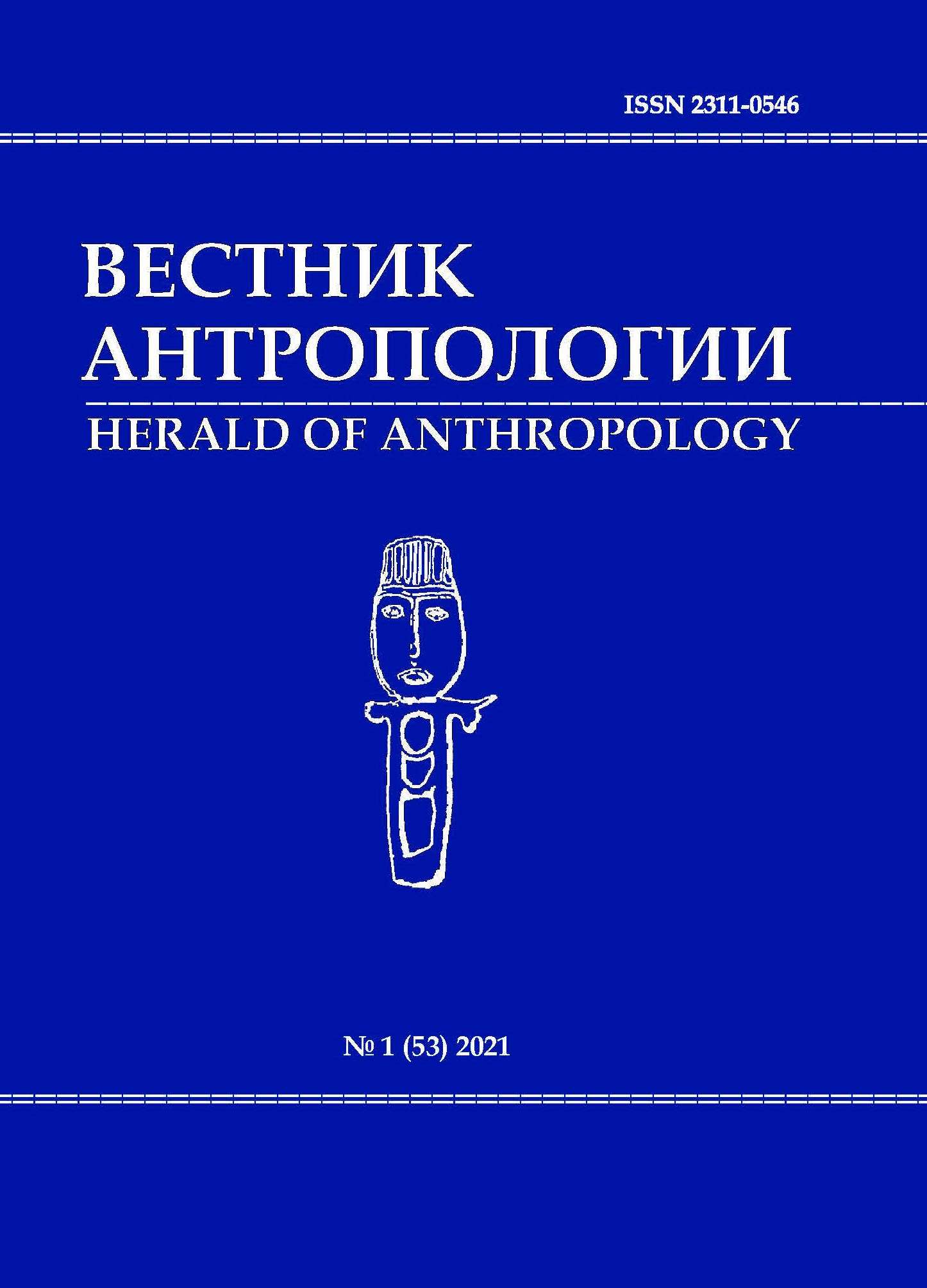Русское маслоделие (традиции, новации и развитие промышленности) XIX–XX в.
DOI: 10.33876/2311-0546/2021-53-1/238-259
Ключевые слова:
маслоделие, народные традиции, этническая специфика, промышленное производство, преобразования советского периодаАннотация
Русское маслоделие развивалось в XIX–XX вв. как общенародное при участии всех слоев общества. Это позволило создать в стране промышленное производство высокого международного уровня. В статье рассмотрены последовательные периоды процесса.
1. Основу русского маслоделия составляли народные традиции получения масла из коровьего молока, имевшие этническую специфику. Она определялась особенностями климата с продолжительными зимами, на время которых прекращалась лактация у рогатого скота, что требовало заготовки запасов продуктов. В крестьянском хозяйстве этим занимались женщины. Они владели разными способами получения масла, в том числе – конечного продукта – топленого масла, проходившего обработку жаром русской печи и приобретавшего возможность неограниченного срока хранения.
2. Инициатором развития товарного маслоделия являлся Н.В. Верещагин. Он ознакомился с технологией получения сливочного масла в сельских артелях разных государств и поставил целью внедрить этот опыт в России для улучшения быта российского крестьянства. Преодолевая сопротивления чиновников и привлекая единомышленников, он открывал общедоступные школы и заводы маслоделия с использованием местного народного опыта.
3. Работа активизировалась в Сибири, где крестьяне владели большими стадами дойного скота. Важную роль играло создание Союзов маслоделов, которые организовывали артели, обеспечивали хранение и доставку товаров, устанавливали связи с международным рынком, на котором русское масло потеснило других экспортеров.
4. В советский период началось развитие маслоделия на государственном уровне. Организацию индустриального производства вели последовательно и многопланово: селекционная работа животноводов сочеталась с сохранением этнической специфики и укреплением традиционной базы молочного сырья, технические институты разрабатывали современное оборудование, соответственно улучшалось качество продукта, осуществлялось повсеместное поступление его в торговую сеть.
Ссылка при цитировании: Липинская В.А. Русское маслоделие (традиции, новации и развитие промышленности) XIX–XX в. // Вестник антропологии, 2021. № 1 (53). С. 238–259.






















